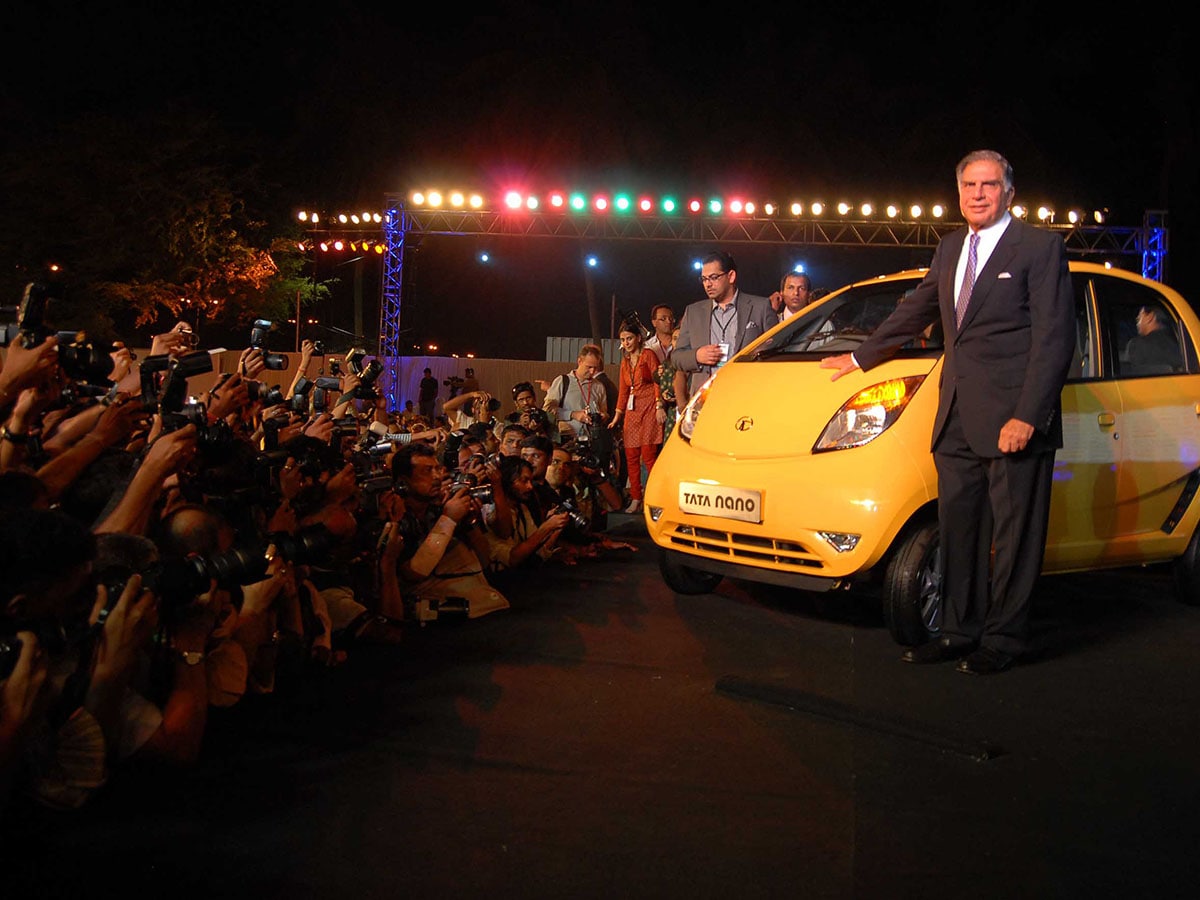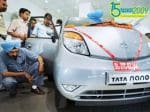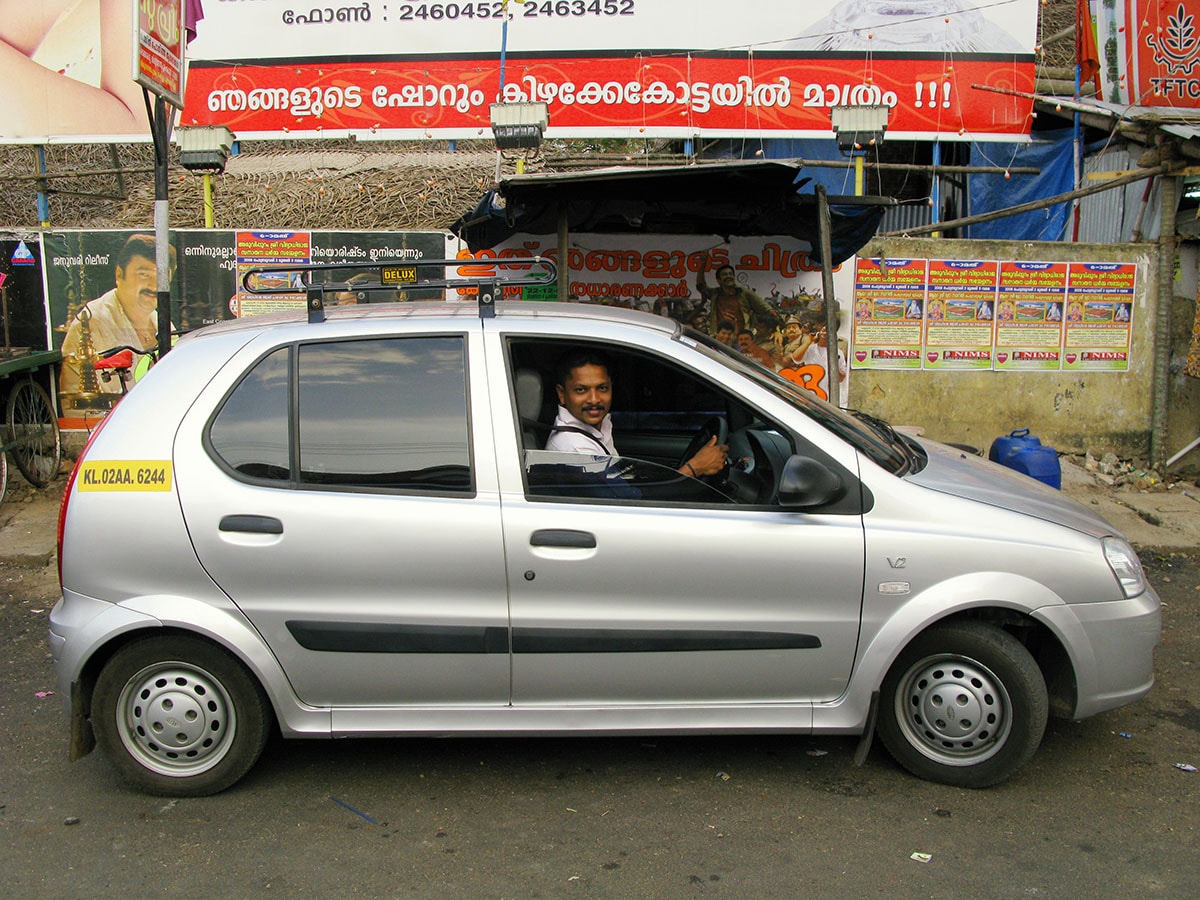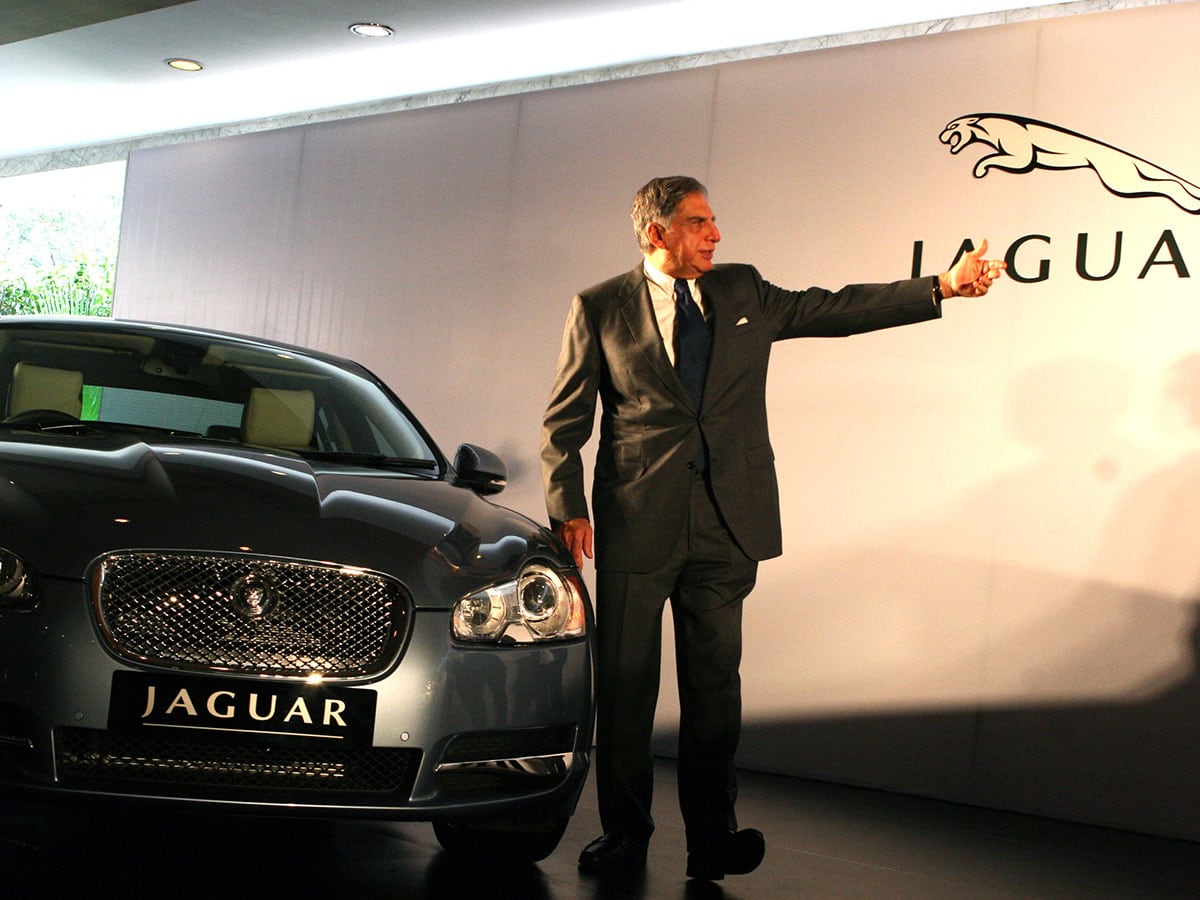Ratan Tata: The common man's carmaker
The former chairman of Tata Group is often credited for personally pushing through two cars that set India's automobile industry on a different tangent altogether, all while keeping the common man at the centre of it
 Ratan Tata, Chairman of Tata Motors and Tata Sons with Ravi Kanth, Managing Director of Tata Motors, posing with newly launched Tata Nano in Mumbai.
Image: Abhijit Bhatlekar/Mint via Getty Images
Ratan Tata, Chairman of Tata Motors and Tata Sons with Ravi Kanth, Managing Director of Tata Motors, posing with newly launched Tata Nano in Mumbai.
Image: Abhijit Bhatlekar/Mint via Getty Images
Very few individuals are lucky to be remembered for their personal contributions to building an automobile empire or a car, particularly in India.
As is often the case, successes in the auto industry are often a collective effort and notable exceptions to that in India’s automobile annals include that of Maruti Suzuki, for which the politician Sanjay Gandhi is oft remembered. But that’s mostly that in a country that sells a little over 4 million cars annually.



















